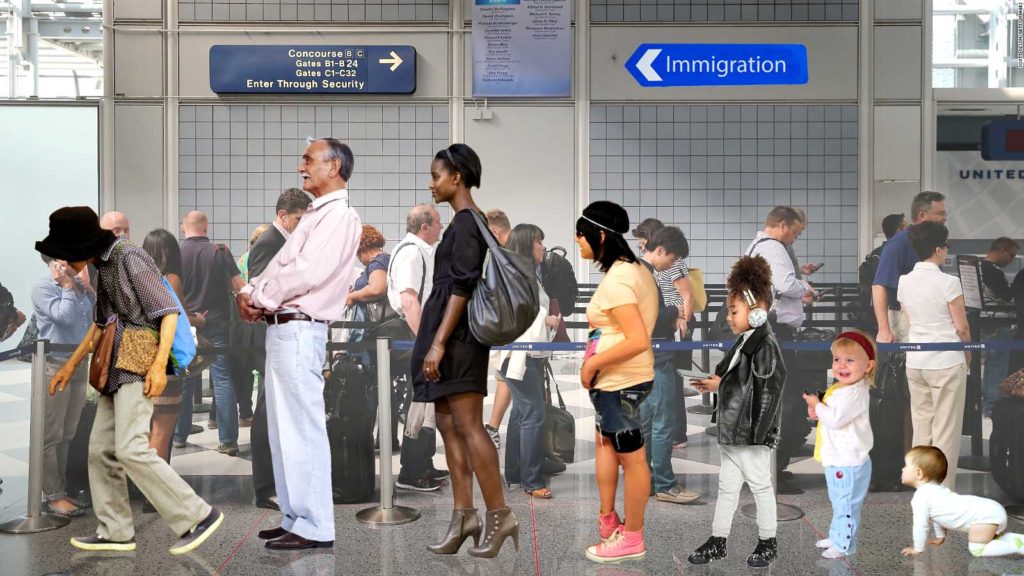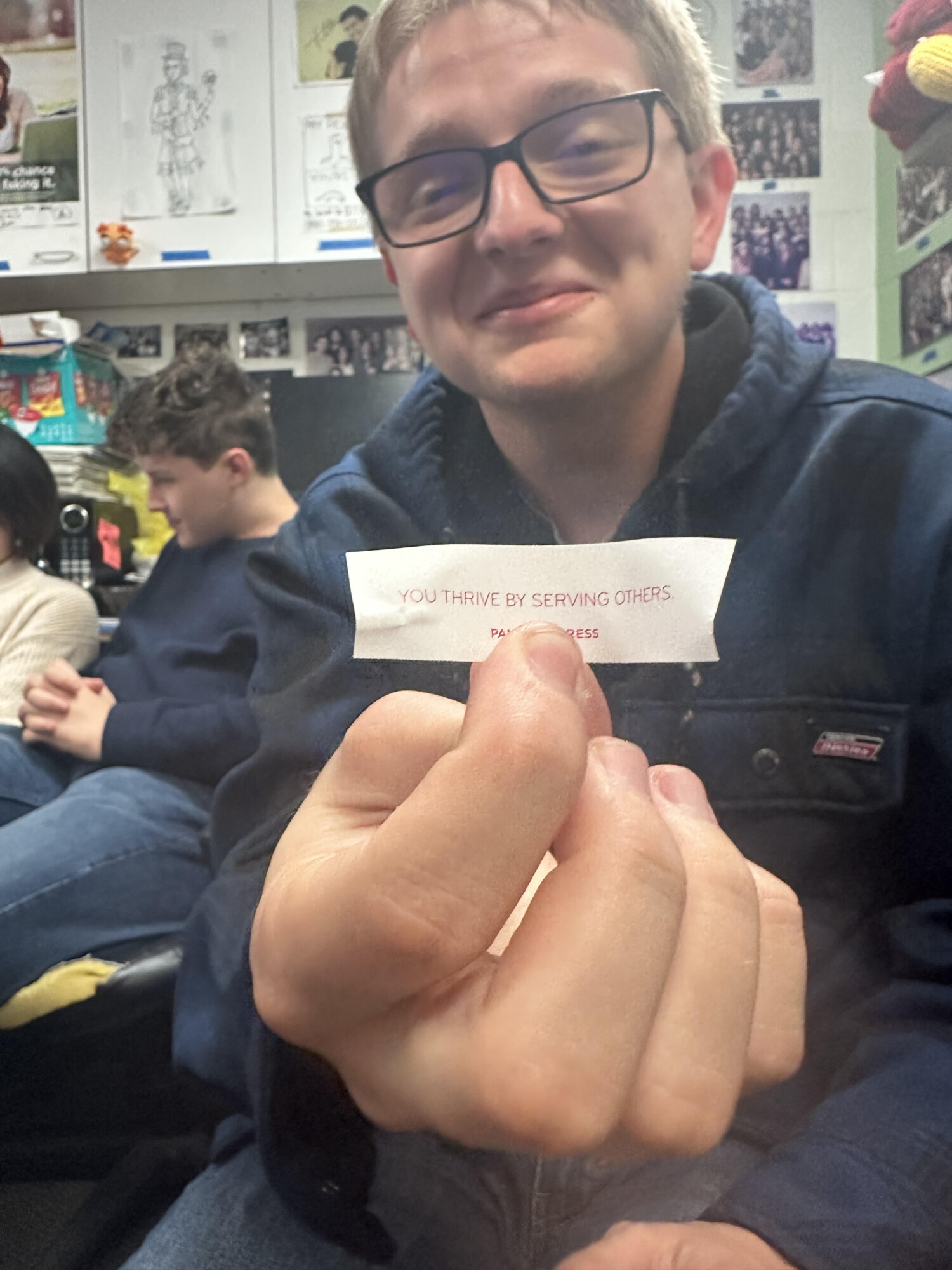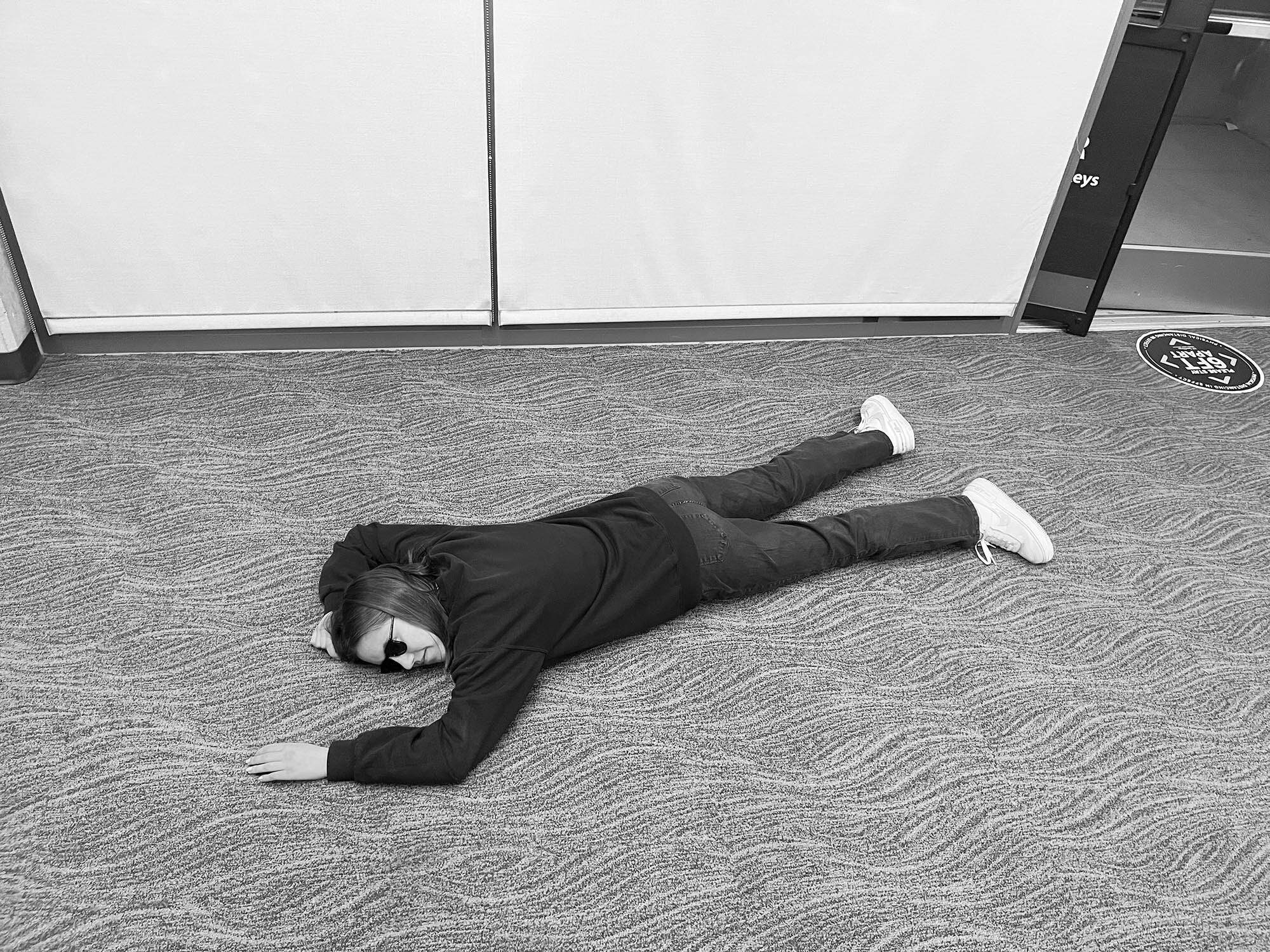
Photo by: Barak Tzori
San Diego resident Minda Bennett recently completed the process for petitioning her two older siblings, Jose and Mellie Edualino, to join her in the U.S. Given the typical wait time for siblings of U.S. citizens hoping to receive a visa, the Edualino family has already reserved their plane tickets for when they will be able to move from the Philippines to the U.S., approximately 25 years from now.
Bennett outlined the process of applying for a visa for her siblings.
“First, you have to wait until you turn 21, presumably because the government knows this process would turn anyone into an alcoholic,” Bennett explained. “Then you have to fill out Form I-130, aptly referred to as the Petition for Alien Relatives, because God are my siblings weird, as well as Form I-485 to get them permanent resident status. That’s assuming their applications are approved, of course.
“Your siblings are entered into a list of people from their country with similar status,” Bennett continued. “Then you have 25 years to get your financial stuff in order before you can fill out Form I-864, which says you will support their transition. I plan on using that as leverage later on. Finally, at the end of it all, you say a prayer and hope President Trump isn’t in an Executive Order passing mood that day.”
Visa backlogs like the one the Edualino family is dealing with are common in Mexico, China, India, and the Philippines.
“The main issue is that the supply of visas isn’t commensurate with the demand from countries like the Philippines,” said Sarah Wahidi, an immigration policy expert and the CNN commentator who was voted “Most Likely to Cause President Trump to Yell at His TV.” “This causes visa backlogs that can last up to 25 years in the countries with the highest demand. There’s also a correlation between high rates of undocumented immigration and long wait times, but of course that’s a problem that a wall surely won’t exacerbate.”
“It’s not all bad,” Mellie Edualino said, pointing out a bright side to the U.S.’s immigration policy. “The law states that if I get married and have a family by the time I reach the front of the line, I can apply for a visa for them too! It will be a great college graduation gift for my future children.”
When Mellie was asked what she was most looking forward to experiencing once reaching the U.S., she replied that she couldn’t wait to finally attend the annual Edualino family reunion.
“It will be approximately our 38th reunion by the time I get to the U.S.!” she stated.
“If my parents are still alive by the time I get off this backlog,” Jose Edualino said, responding to the same question, “I’ll take my kids to meet them. If not, then maybe I’ll take them to Disney World. Though … considering where Florida will be in 25 years at this rate, maybe I should just take them to a basketball game or something.”
Jose concluded with a glowing review of his immigration experience. “By the end of this process, I really gained respect for the reliability of the U.S. immigration system. You can trust it to consistently screw you over.”
Minda Bennett is currently searching for quicker, alternative methods of reuniting with her family.
“I’m looking into technology that allows people to swim across large bodies of water without tiring. It probably won’t be ready for another decade or two, but hey — that’s still sooner than my other option of lobbying for immigration reform.”











